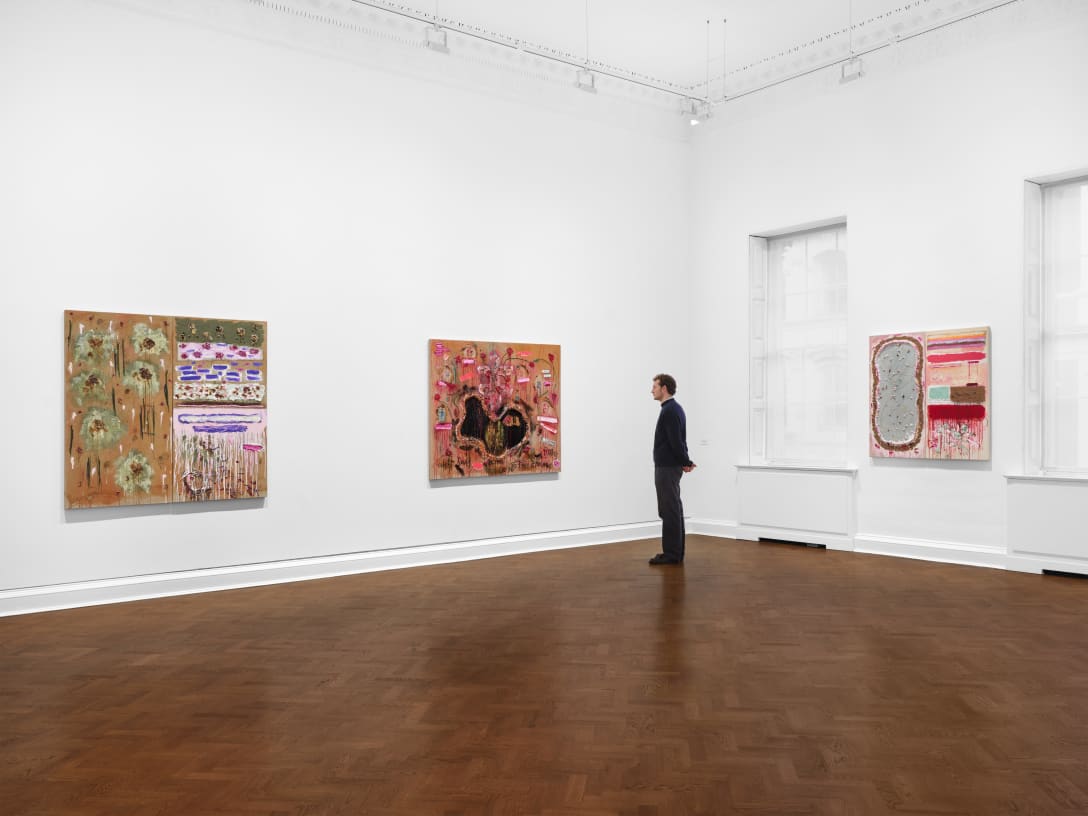Ron Mueck's solitary looks at the Milan Triennale Solitary sculptures and sculptures on solitude, those by Mueck, on the gap between how we perceive ourselves and how we appear to others
BY GAIA BADIONI
From 5 December 2023 to 10 March 2024, Triennale Milano and Fondation Cartier pour l'art contemporain present the first solo show in Italy by Australian artist Ron Mueck (Melbourne, 1958), with a selection of works never before exhibited in Italy. The exhibition at the Triennale is an evolution of the exhibition project held in Paris in summer 2023, conceived by Fondation Cartier in close collaboration with the artist, the third stage of an incessant dialogue between Ron Mueck and the French institution, started in 2005 and continued in 2013.
Ron Mueck's work has profoundly renewed contemporary figurative sculpture; profoundly mysterious and extremely genuine at the same time, often pervaded by a surreal aura, it invites us to reflect on our relationship with the body and, more generally, leads us to confront existence itself.
The Milanese exhibition itinerary consists of six iconic sculptures created during his career and two films by the French photographer and director Gautier Deblonde. Installed in close contact with the architecture of the place that hosts them, almost as if composing a journey made of solitary and introspective stations, the works show all the artist's wisdom in dealing with both the plastic and sentimental material of the human being.
Justin Paton (curator in charge of international art at the Art Gallery of New South Wales in Sydney), writes about Mueck's work:
'Walking through a major Mueck exhibition means finding yourself in the company of a group of determined loners. Crouching in corners, huddled between sheets or blankets or sitting terrified in an open space, his protagonists often seem to want to escape from the exhibition space and from the attention of the spectators who scrutinize them. Others instead seem to withdraw or drift into internal states that we cannot access: states of worry, acute shyness, deep concentration or deadly daydreaming. These are not just solitary sculptures, but sculptures about solitude, about the gap between how we perceive ourselves and how we appear to others.'
The exhibition itinerary
Visitors are greeted by In Bed (2005), a gigantic representation of a woman lying in bed, her head raised against the pillows. Despite the colossal size and the initial fear that that gigantic being might suddenly rise up, she realizes, remaining next to it for a while, that her gaze is elsewhere, in another dimension. And her gaze is melancholy, with a melancholy as great as her disproportionate size.
Alongside it, Mass (2017), a milestone in the artist's career: composed of one hundred gigantic sculptures of human skulls, the installation offers a physical and psychological experience that captures visitors and encourages them to reflect on the fundamental aspects of human existence.
For Mueck, 'The human skull is a complex object. A powerful, graphic icon that we recognize immediately. At once familiar and exotic, the skull disgusts and fascinates at the same time. It is impossible to ignore, it demands our attention on a subconscious level.'
Leaving the skulls to their strangled shouting, the architectural space leads the gaze, in a cone of perspective, to Woman with Sticks (2009). The sculpture shows a naked woman bent backwards in an effort to carry a bundle of branches. She looks like a child from afar, but the closer she gets, the more reality is revealed. The proportions change: the gigantic woman in the entrance is now reduced, crushed by the weight of dry and sharp sticks. She is naked and her skin shows, in the folds and tensions, all the effort of that action. However, she smiles. And she smiles looking directly at the visitor with a look that causes anxiety, 'as if the observer were facing a world that was physically present, but at the same time allegorical'.
Behind it a spectacular and menacing group of dogs almost three meters tall: En Garde (2023). The work, together with the sculptural group This Little Piggy, marks a change of direction in Mueck's work, no longer focused on the perfection of details, but on the tension it generates. The three dogs with their black and smooth surfaces, while changing perspective, maintain a high level of alertness which they immediately activate in visitors, forcing them to reflect on the present time.
In stark contrast to the first work, the exhibition closes with a smaller-sized work, Baby (2000). Inspired by the image of a medical book showing a baby held by the feet a few moments after giving birth, Baby is positioned vertically on the wall, in the artist's idea to form a cross as if it were a religious icon. The child's faint smile, his floating in the empty white and aseptic wall that welcomes him, generate a profound sadness and emotion. Two different but profoundly strong solitudes, therefore, those that welcome and greet visitors to the Triennale: the woman in the bed invades the space with her grandeur, and so do her thoughts; the child "on the cross", in his minute features, utters silent but deafening cries.
What lies in the middle of this journey is a path that invites us to come to terms with an unrecognizable reality, which destabilizes, which speaks of death, which forces us to constantly be on alert. It enchants, of course, with its perfection, but it leads to an abyss, probably the same one that the eyes of the protagonist of In Bed are observing.















































































































































































